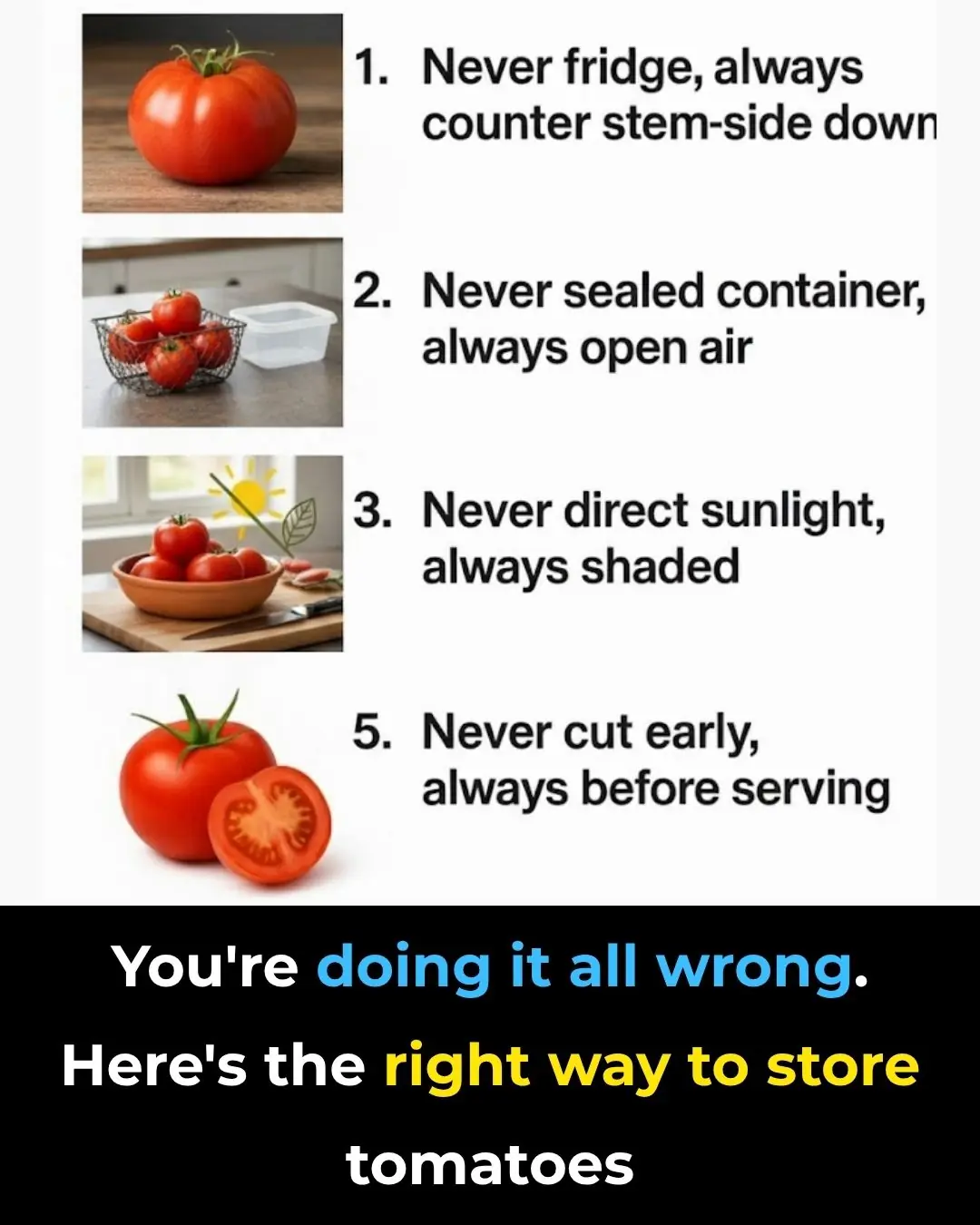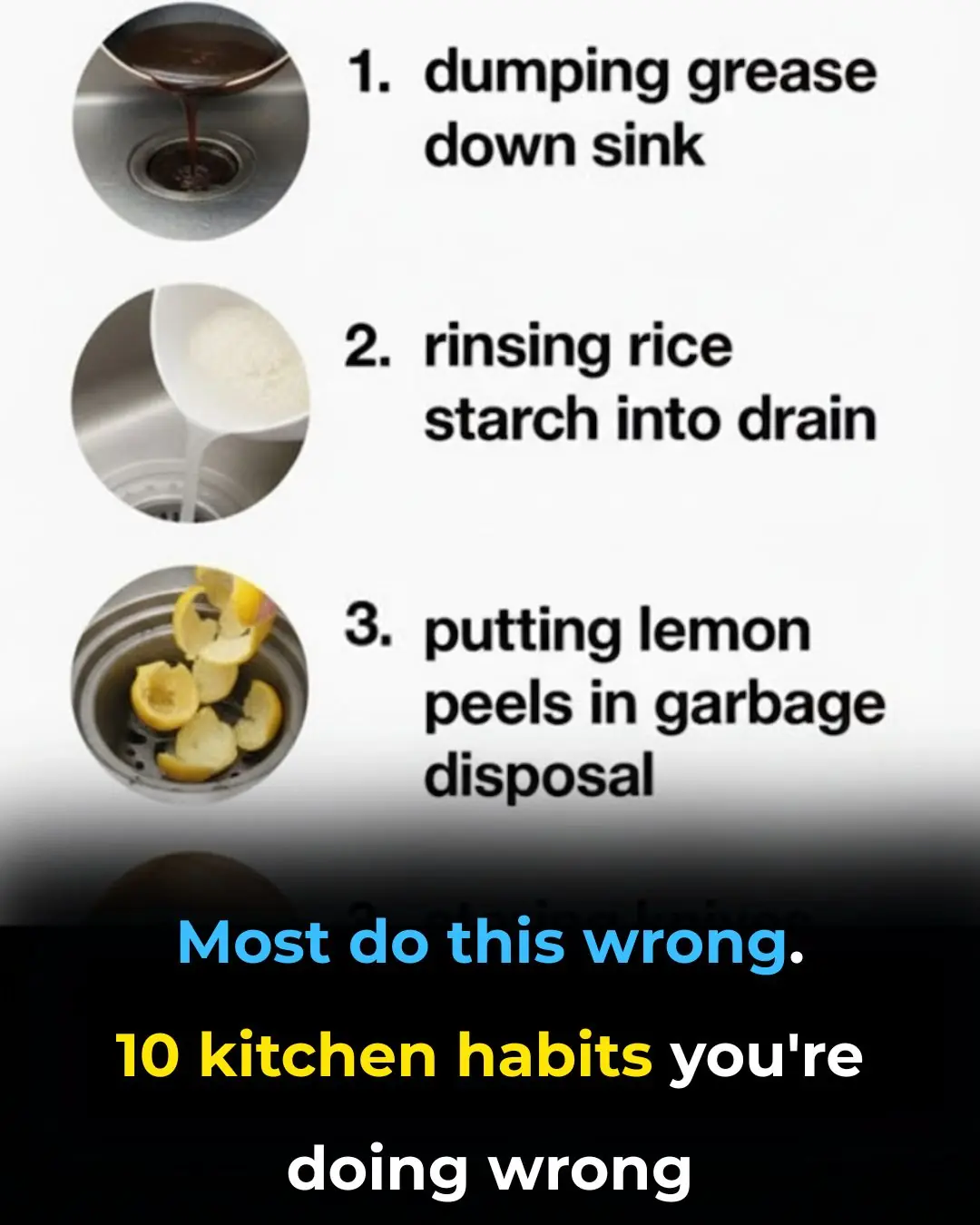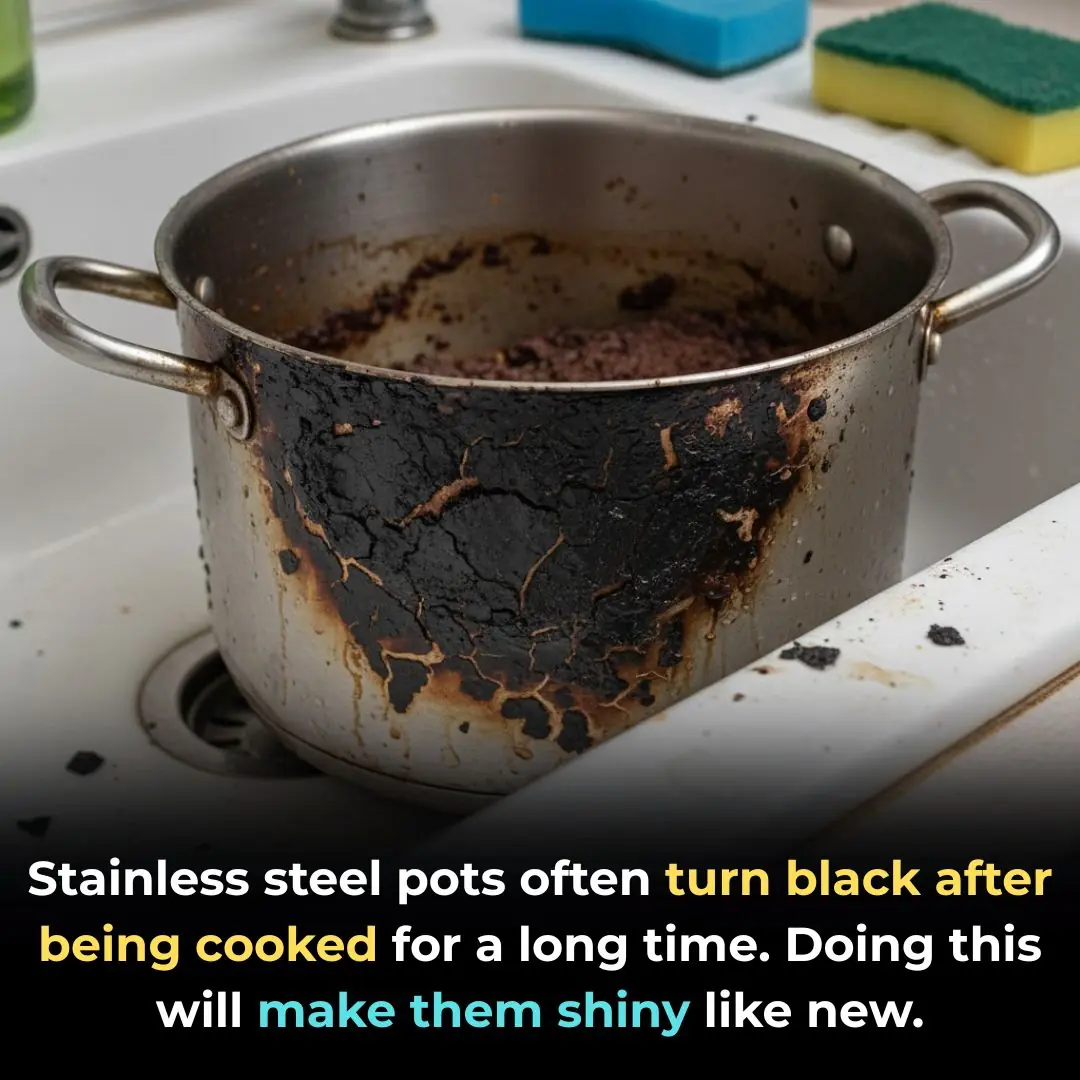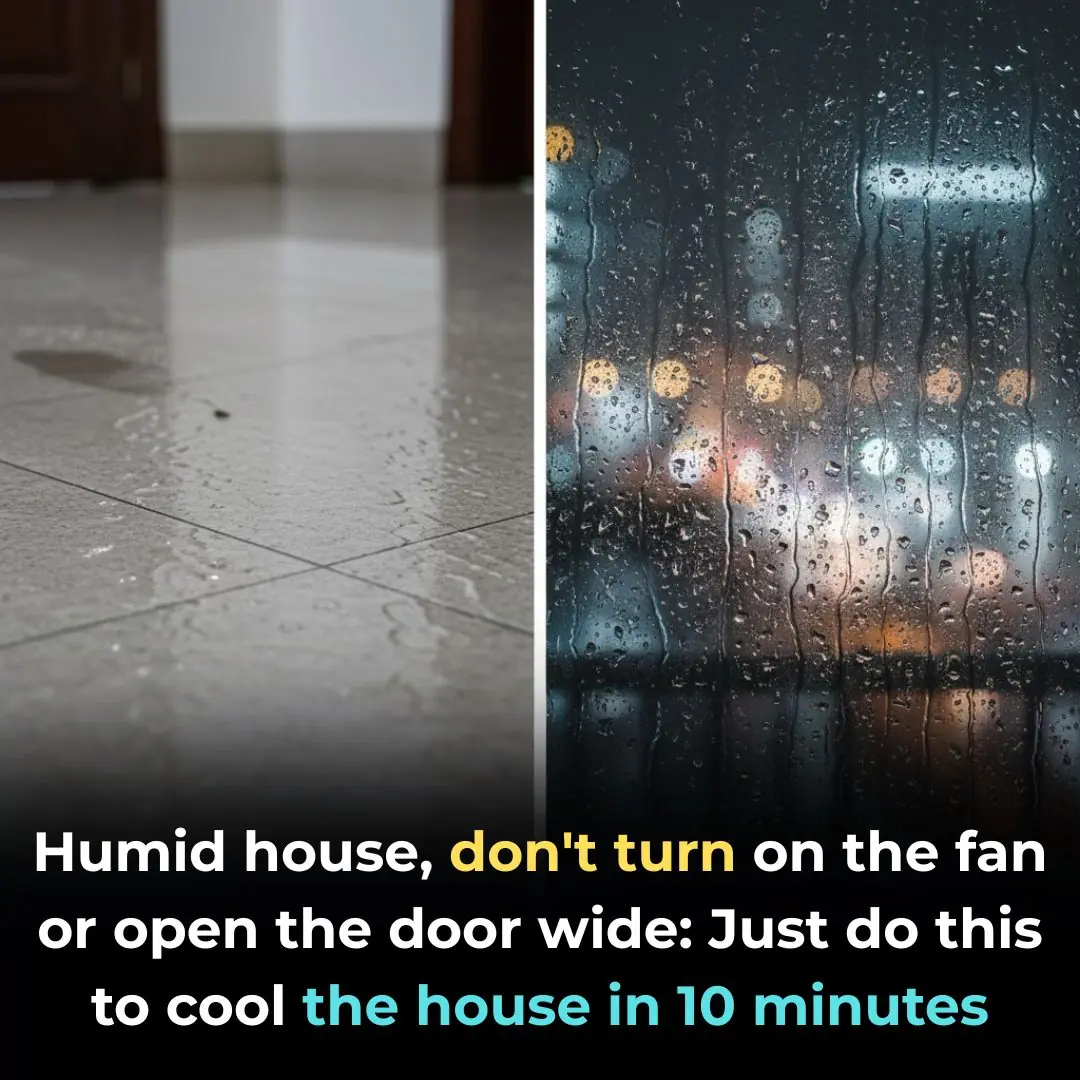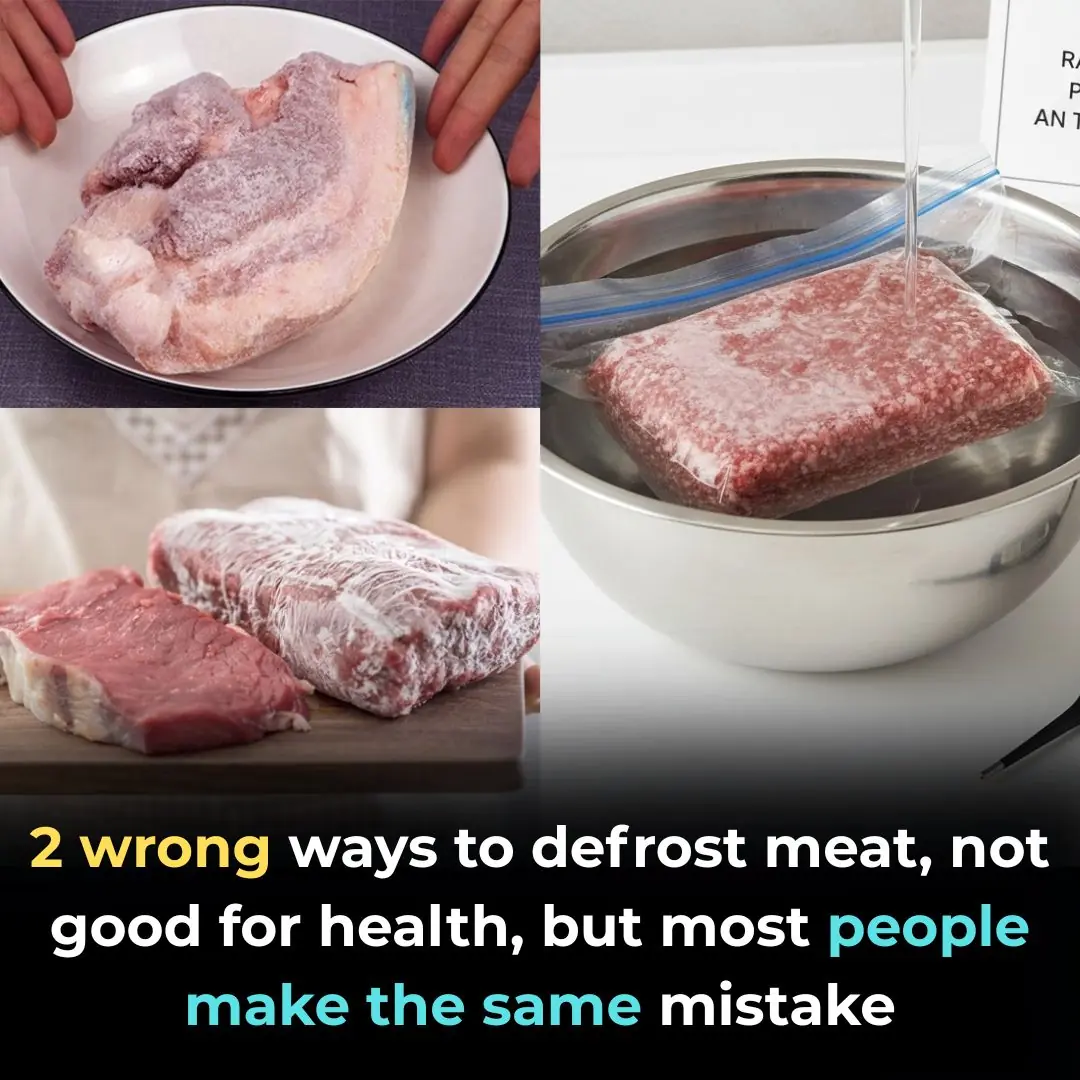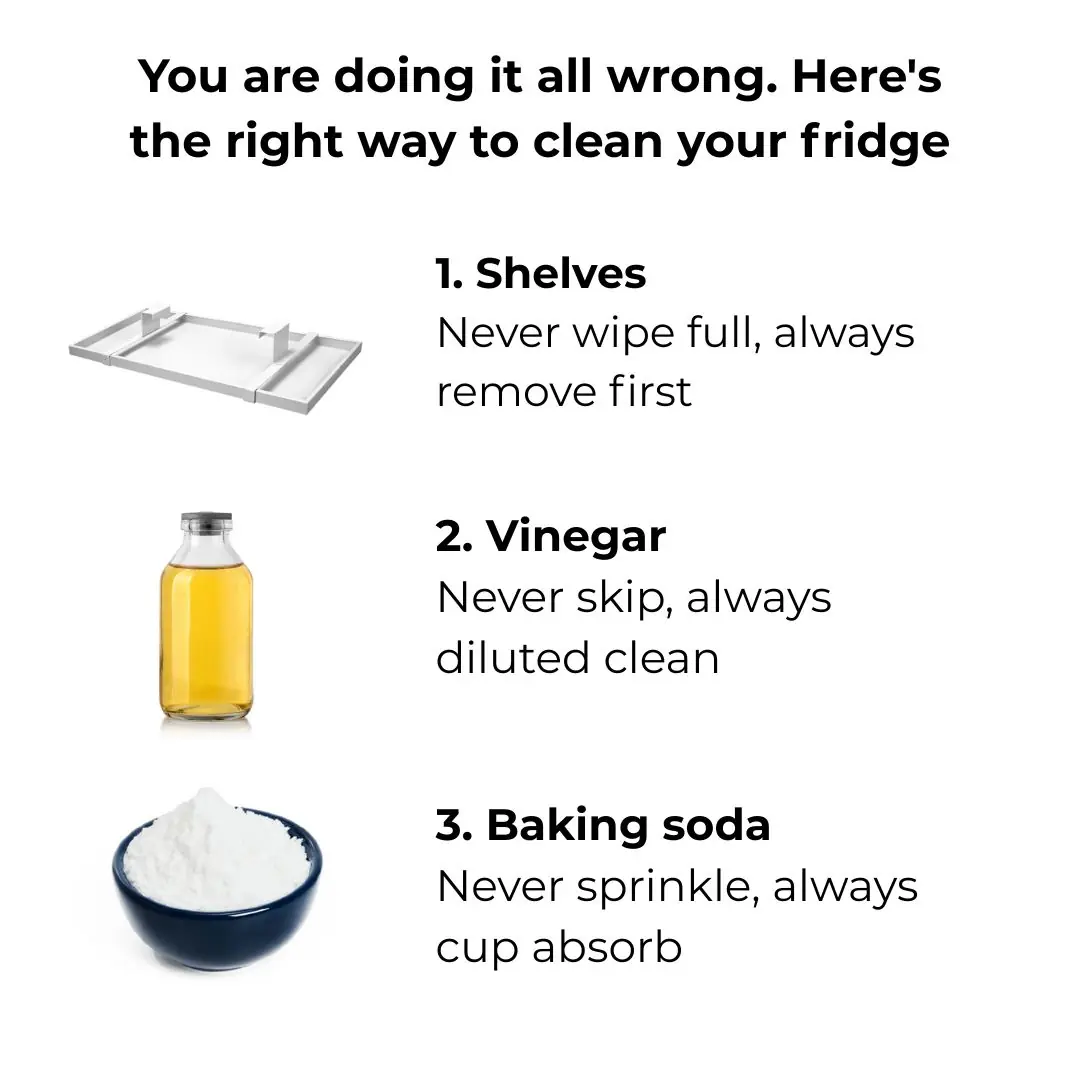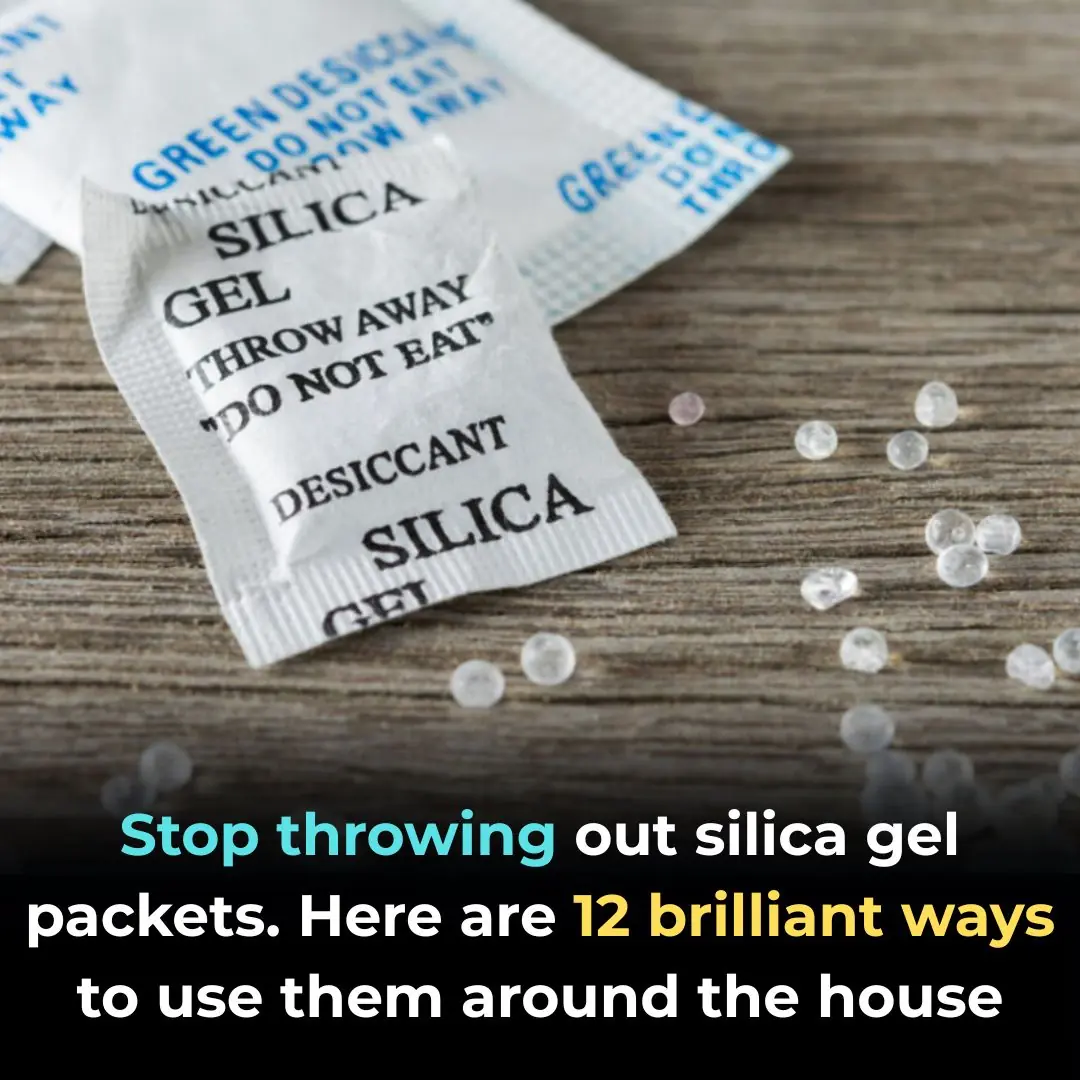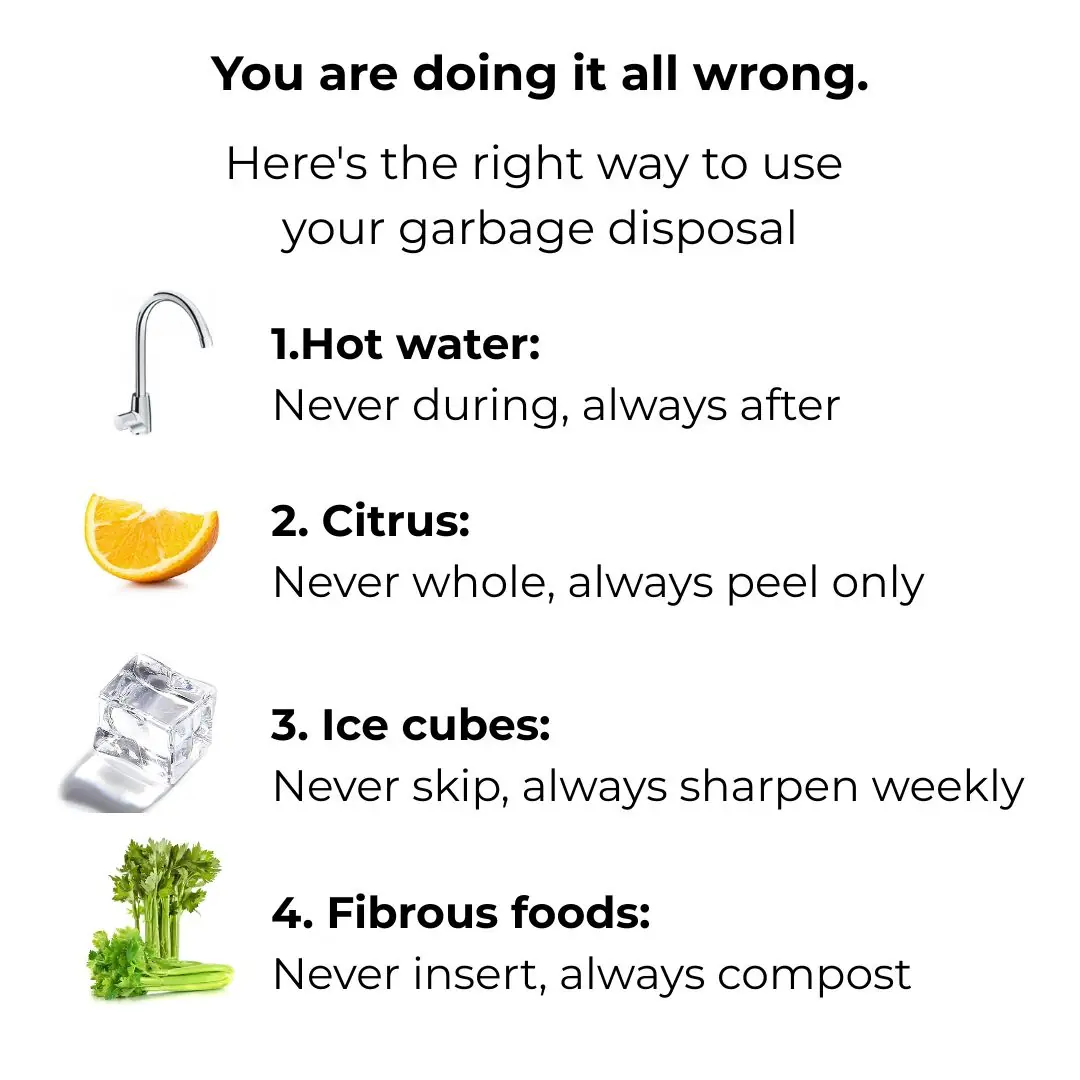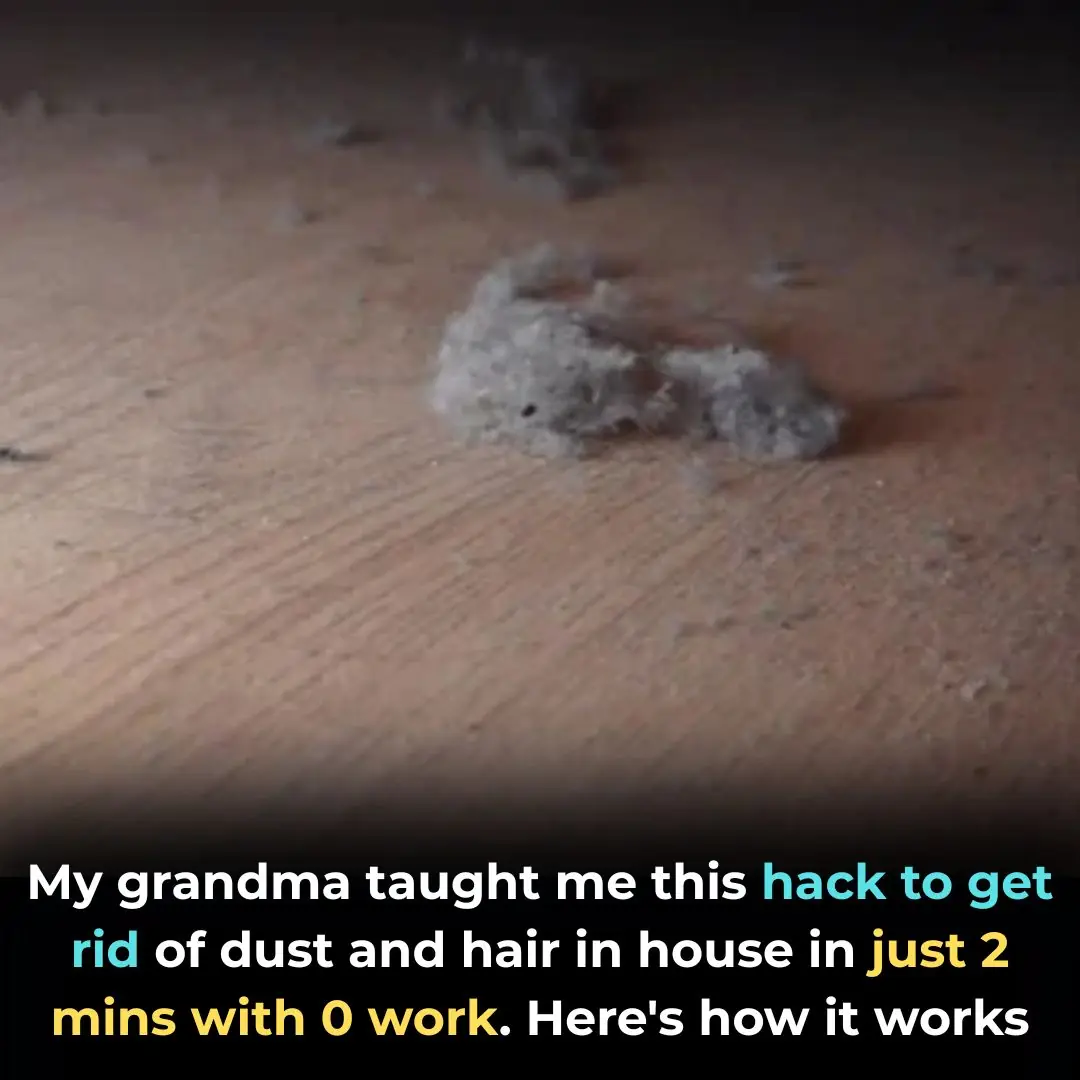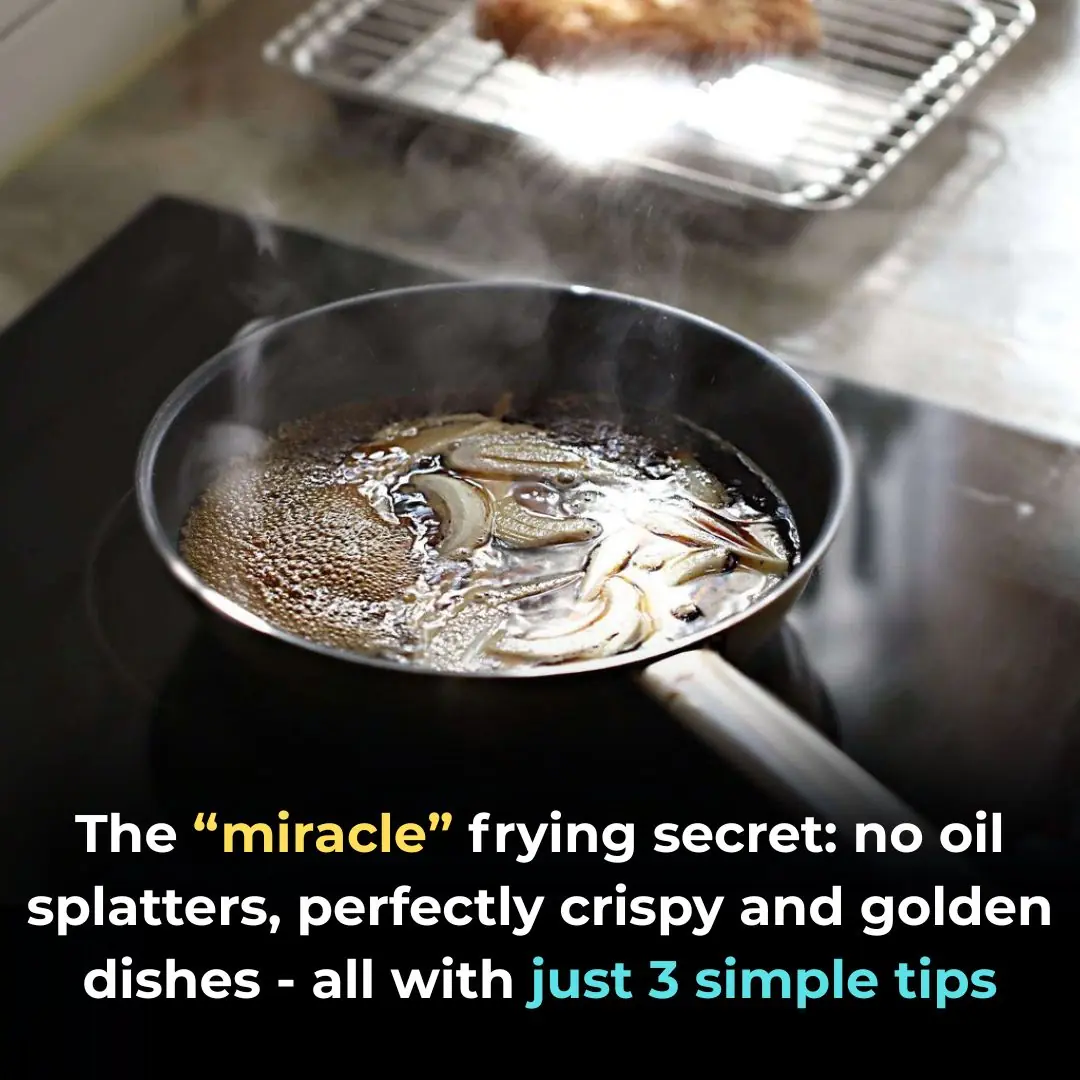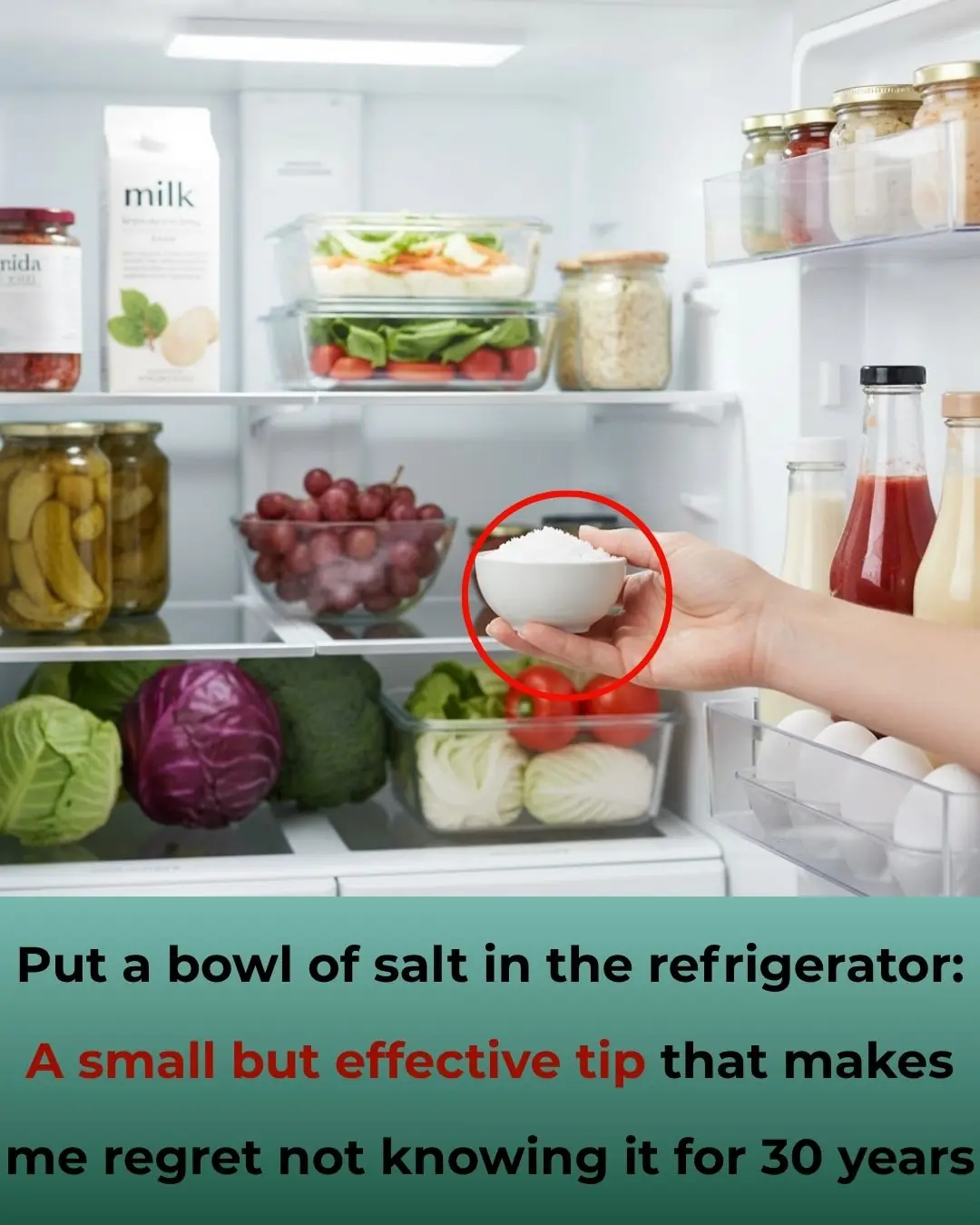Tomatoes are a staple in kitchens around the world, celebrated for their versatility and rich flavor. However, many people inadvertently compromise their quality by storing them incorrectly. Whether you're a seasoned cook or a novice, understanding the proper methods for storing tomatoes can drastically improve your culinary creations.
Improper storage not only affects the texture and taste of tomatoes but also their nutritional value. This guide aims to demystify the right ways to store tomatoes, ensuring they remain fresh and flavorful for as long as possible. By implementing these strategies, you can enhance your meals and reduce waste in your kitchen.
Advertisement
1. The Importance of Proper Tomato Storage
Tomatoes are sensitive to their environment, and how they are stored can make a significant difference in their lifespan and taste. The key factors in proper tomato storage are temperature, air circulation, and light exposure. Each of these elements plays a crucial role in maintaining the fruit's integrity.
Maintaining a consistent temperature is vital. Ideally, tomatoes should be stored at room temperature, typically around 68-72°F (20-22°C). Fluctuations in temperature can accelerate spoilage and negatively impact flavor. Additionally, proper air circulation helps prevent mold growth and ensures even ripening.
2. Why Refrigeration Is Not the Answer
Refrigeration is often seen as a go-to method for preserving fruits and vegetables, but for tomatoes, it can be detrimental. Cold temperatures, specifically below 50°F (10°C), can lead to a mealy texture and a loss of flavor. This is because the cold air in the fridge halts the ripening process and disrupts the natural enzymes responsible for flavor development.
If you must refrigerate tomatoes to prevent overripening, allow them to return to room temperature before consuming. This can help partially restore some of their flavors, but it's not a substitute for proper storage from the start.
3. The Science Behind Storing Stem-Side Down
Storing tomatoes stem-side down minimizes the entry of air and moisture through the stem scar, which can speed up decay. By placing them stem-side down, you're essentially sealing this natural entry point, helping the tomatoes last longer.
This method also distributes the tomato's weight more evenly, reducing the likelihood of bruising and damage. When tomatoes are stored this way on a flat surface, they are less prone to rolling, which can prevent unnecessary injuries to the fruit.
4. The Benefits of Keeping Tomatoes in Open Air
Open-air storage allows tomatoes to breathe, which is essential for their ripening process. Enclosed spaces, like plastic bags or containers, can trap ethylene gas, a natural hormone that tomatoes emit to accelerate ripening. While ethylene is beneficial in controlled amounts, excessive concentrations can lead to overripening and spoilage.
By keeping tomatoes in open air, you're allowing them to ripen gradually, enhancing their flavor and texture. Ensure they are stored in a single layer, as stacking can cause bruising and uneven ripening.
5. The Impact of Direct Sunlight on Tomatoes
While tomatoes need sunlight to grow, once harvested, direct sunlight can cause them to become too warm, accelerating the ripening process and leading to spoilage. It's best to store them in a cool, shaded area, away from direct sunlight.
Excessive heat from the sun can also cause tomatoes to lose moisture, leading to shriveled skin and a loss of that juicy texture. By storing them in a dimly lit place, you help preserve their natural moisture and prolong their shelf life.
6. Timing Your Tomato Cutting for Maximum Freshness
Cutting tomatoes should be done as close to the time of consumption as possible. Once cut, tomatoes start losing moisture and flavor rapidly. If you need to store cut tomatoes, it's best to cover them tightly with plastic wrap or store them in an airtight container in the fridge for no more than two days.
By timing your cutting, you can ensure the tomatoes retain their juiciness and vibrant flavor. When preparing meals, always prioritize cutting tomatoes last to minimize their exposure to air.
7. Understanding Tomato Ripening: A Key to Storage
Tomatoes continue to ripen after being picked, thanks to the ethylene gas they emit. Understanding the ripening process is crucial for storage. Green or under-ripe tomatoes should be kept at room temperature until they reach the desired ripeness.
Once ripe, they can be consumed immediately or stored in a cooler environment to slow down further ripening. Monitoring the ripeness daily allows you to adjust your storage strategy accordingly, ensuring you enjoy them at their peak flavor.
8. Common Mistakes in Storing Tomatoes
One of the most common mistakes is storing tomatoes in the refrigerator, which, as mentioned, can impair their flavor and texture. Additionally, many people make the error of washing tomatoes before storing them. Moisture on the surface can encourage mold growth, so it's best to wash them only right before use.
Another frequent mistake is overcrowding tomatoes in a storage container or basket, which can lead to bruising and uneven ripening. Always give tomatoes enough space to breathe and avoid stacking them.
9. Viral Hacks for Storing Tomatoes: What Works and What Doesn’t
The internet is full of hacks for storing tomatoes, but not all are effective. For instance, storing tomatoes with apples to speed up ripening works due to apples releasing ethylene gas. However, storing them in airtight containers is less effective as it restricts airflow and can cause overripening.
Another popular hack is placing tomatoes in a bowl with the stems facing up, which has little scientific backing. Instead, focus on proven methods like stem-side down storage and keeping them in open air.
10. How to Choose the Right Spot for Your Tomatoes
Selecting the right spot for storing tomatoes involves considering temperature, light, and airflow. A kitchen countertop away from direct sunlight is ideal. Ensure the spot maintains a consistent temperature and has good air circulation.
Avoid placing tomatoes near heat sources like stoves or ovens, which can cause them to ripen too quickly. Instead, opt for a cool corner of your kitchen where they can rest undisturbed.
11. A Step-by-Step Guide to Storing Tomatoes Correctly
1. Inspect tomatoes for any signs of damage or overripeness before storing.
2. Place tomatoes in a single layer, stem-side down, on a flat surface.
3. Keep them at room temperature, away from direct sunlight and heat sources.
4. Ensure they are in an area with good air circulation, like a countertop or a spacious bowl.
5. Monitor their ripeness daily and adjust storage accordingly; refrigerate only if necessary to slow down ripening.
6. Wash tomatoes only before use to prevent premature spoilage.
